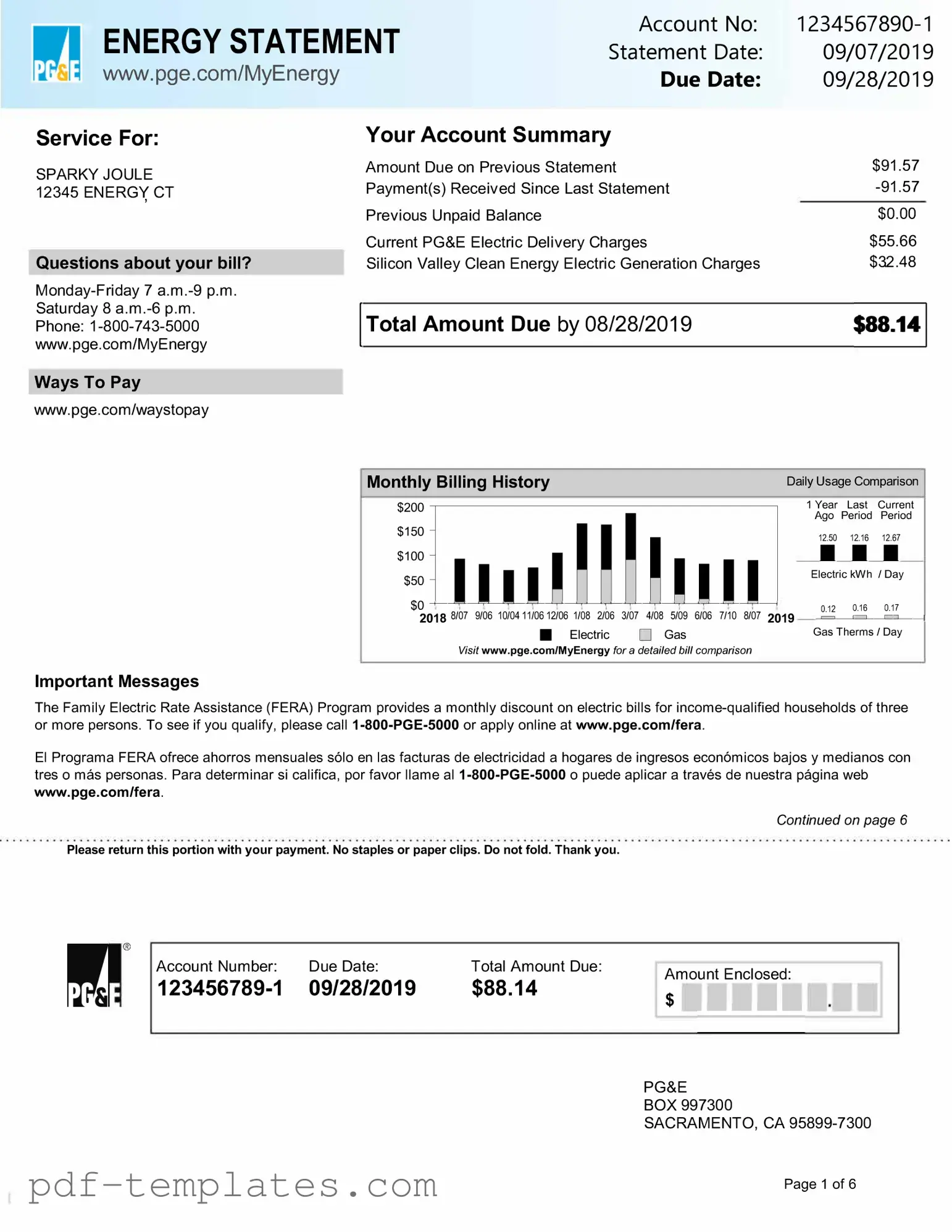Get Utility Bill Form in PDF
The Utility Bill form is a document used to request or provide information regarding utility services, such as electricity, water, or gas. This form can be essential for various purposes, including establishing service, updating account information, or disputing charges. To ensure a smooth process, consider filling out the form by clicking the button below.
Customize Form Now
